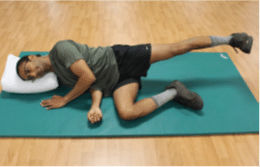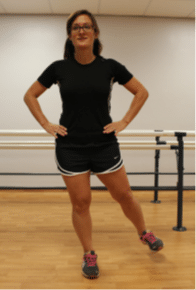Activity modification
Resting your knee and avoiding painful movements or activities is often very useful in settling pain down. If you had increased your activity levels before the onset of the pain try to reduce back to your baseline level of activity to help settle your symptoms.
Ice
If symptoms do not settle with relative rest it may also be beneficial to ice the affected area.
For ice therapy use a damp cloth containing an icepack (or bag of frozen peas) over the top of the painful area to help numb the pain. Leave it on for up to 20 minutes and use up to three times a day.
You should be cautious using these treatments if you have altered skin sensation or circulatory problems. Check the skin regularly during and after the ice pack application. Stop if there is excessive pain, numbness or tingling. Do not put ice directly on to the skin as this may cause a burn.

